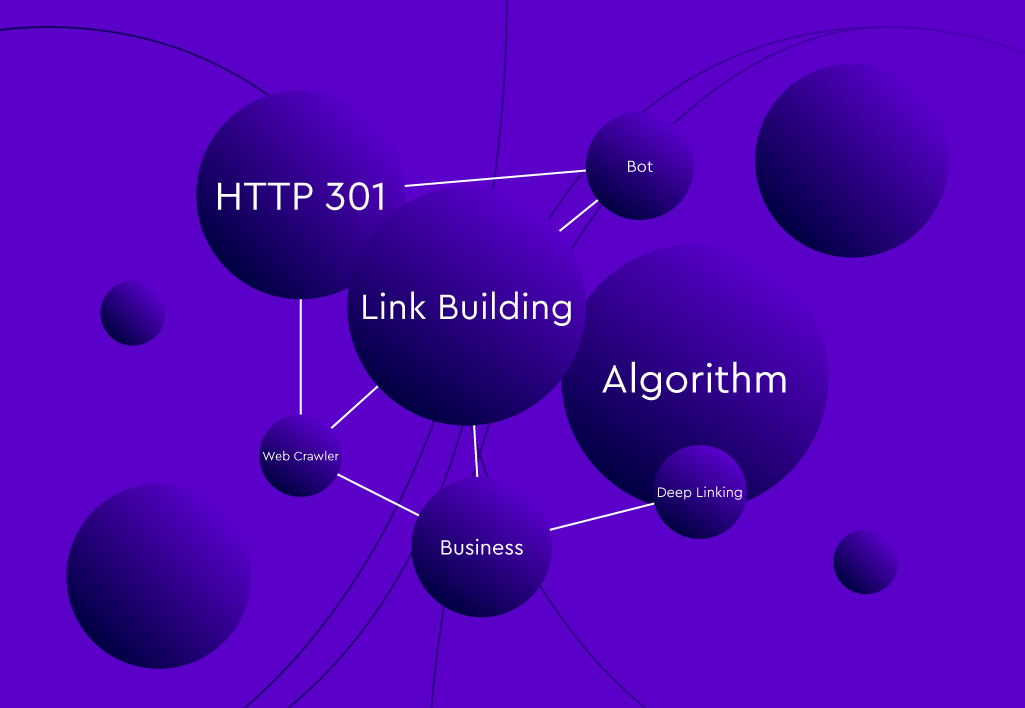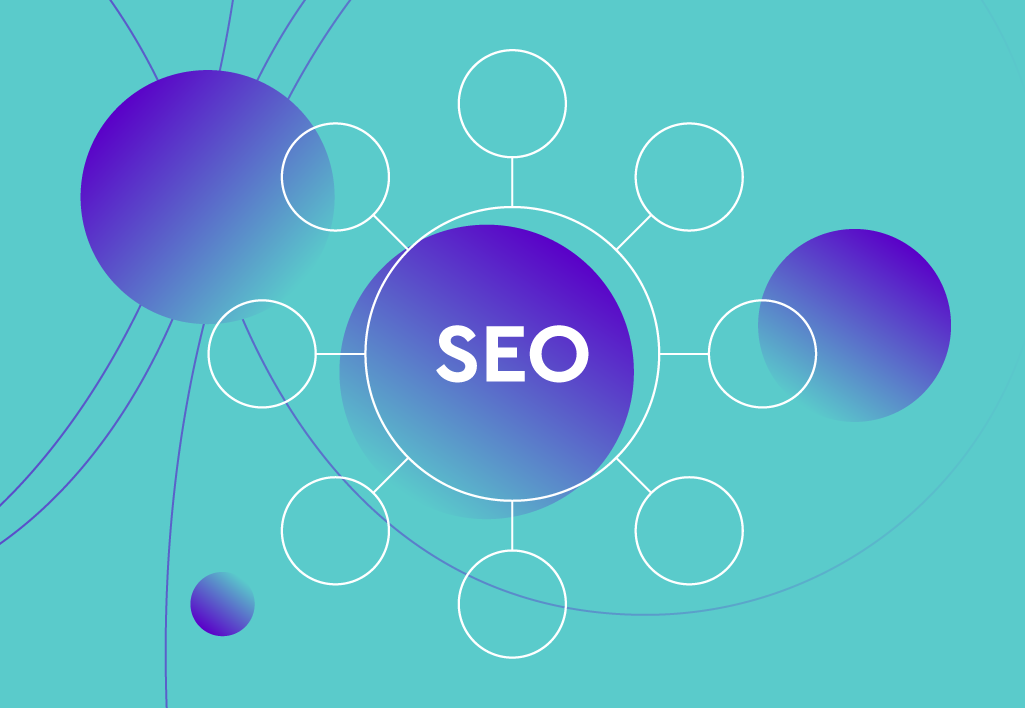TOTUM: More sign-ups, less spend
-
50%
increase in PPC conversion value

Internal linking for SEO is not just about improving rankings. It’s also about providing a better user experience. Internal linking is a crucial aspect of search engine optimisation (SEO), which is often overlooked or misunderstood.
Creating an effective internal linking strategy requires careful planning and execution. In this guide, we’ll explore everything you need to know about internal linking for SEO, including best practices, common mistakes to avoid, and how to audit and optimise your internal links for maximum impact.
Whether you’re a seasoned SEO professional or just starting out, this guide will provide you with the knowledge and SEO tools you need to create an internal linking structure that helps your website succeed.
Our experts link every piece of SEO content to each other to create a contextual website that can be easily understood by Google and its users.
To learn more about how we do it, and how we can help you, get in touch today by phone on 0161 327 2635 or email info@embryo.com.

A top digital agency. I was very impressed with their pitch, and I’m just as impressed with their delivery. Great agency, great people, and importantly do what they say!
Array
(
[section_id] =>
[margin_top] =>
[margin_bottom] =>
[padding_top] =>
[padding_bottom] =>
[enable_form_cta] => 1
[enable_image_full_height] =>
)
Internal links come in many forms and can be used for various purposes. Here are the most common types of internal links:
These are links that allow users to move from one page to another on a website – they are often located in the navigation menu or sidebar.
Navigation links generally link to pages like the homepage, contact us page, product pages, and category pages, and are vital for sites looking to grow their international search engine presence. This is the most common type of internal linking you will use in your online content.
Footer links provide an easy way to link to other important pages on your site without cluttering up your main navigation menu. These can be found at the bottom of your site. Common target pages include:
However, it’s important to avoid overusing footer links or including irrelevant links. Overuse can be seen as spam by search engines and may lead to penalties.
Breadcrumb links, also known as breadcrumb trails, are a type of navigation aid that shows the user the path they have taken to reach the current page on a website. They are typically displayed horizontally at the top of the content area and resemble a trail of breadcrumbs, hence the name.
Breadcrumb links provide a visual representation of the hierarchical structure of a website and help users understand where they are within that structure. They can be particularly useful on large websites with a deep hierarchy, as they make it easier for users to navigate to different sections of the site and find the information they are looking for.
Breadcrumb links can also have SEO benefits by providing additional internal links to pages within a website, which can improve their visibility in search engine results pages.

Imagine linking as one big spider web of interconnected words (in this case, links). Each link has its own purpose and reason. Sometimes linking is simply for the reader’s convenience.
Using the same link more than once has no SEO benefit – instead, it should be used for user-friendliness, e.g. you could use multiple calls to action that involve some form of ‘contact us’. The first link to the contact page would be crawled, bringing an SEO benefit; every other link after would be more for the reader’s ease and convenience.
Earlier we explored the types of links you will come across. Now, let me expand upon two main principles to follow when it comes to linking practices: related content and contextual linking.
Remember the analogy about the web? Well, you should keep that principle in mind when choosing which links you use.
If you’re writing a blog about SEO, you’re going to want to stay away from suddenly linking to digital PR because the two are not closely related. They’re related in a 3rd cousin sort of way. You want to use ‘close family’ links: parents, children and siblings.
Your main SEO page is the parent. The sub-pages, such as types of SEO like organic SEO would be the children pages. And lastly, your blogs about SEO are the sibling pages.
This is known as a topic cluster and you’re going to want to stay within that family of knowledge when using internal linking. Topic clusters are used to signal to search engines that a website has expertise and authority on a particular topic. By creating high-quality, in-depth content around a core topic and linking it together in a cluster – be it the written word, video content, or a mixture of the two – a website can demonstrate its relevance and authority to both users and search engines.
In more technical terms, the ‘parent pages’ are known as pillar pages. They’re often high-level pieces of content that provide expert knowledge and information about a core topic. In this case, it would be SEO.
Aside from making it easier to crawl and index your website, by providing internal links to the other pages within your website, it helps Google and other search engines understand the structure and content of your website. This can ultimately lead to better visibility and higher search engine rankings.
One of the primary reasons why internal linking is so important to Google is that it provides a clear signal about the importance and relevance of each page or post on your site. By linking from one page or post to another, you’re telling Google that the linked content is related, valuable, and relevant to the reader. This can help Google understand the context and meaning of your content, which can in turn help your pages and posts rank higher in search results for relevant keywords and phrases.

As mentioned above, the correct use of internal linking allows Google to properly index your website. What other benefits does it offer?
Internal linking for SEO purposes can help improve the visibility of important keywords and phrases on a website. By linking different pages and content together, it helps form that topic cluster that we mentioned before. Which in turn, makes it more likely that they will rank higher in search results.
This is particularly important for long-tail keywords, which are more specific and targeted than broader terms and can be more difficult to rank for without a focused internal linking strategy.
Google’s algorithm is designed to deliver what exactly the user wants based on their search query, so an effective internal linking strategy can drive organic traffic by presenting related relevant pieces of content for each page in a logical order.
Internal linking through anchor text keywords explain to the search engine how the content is connected – this ensures higher visibility in SERPs as well as navigation options that Google recommends when relevant queries are searched.
A consistent internal link structure will also reduce bounce rates while encouraging more visits from people who have landed on one of your web pages from a search engine query or any other source.
However, it’s important to note that internal linking is not a magic bullet for SEO success.
In order to be effective, internal linking needs to be done strategically and with a clear understanding of how it fits into a broader SEO strategy. Some key factors to consider when designing an internal linking strategy include the number and quality of internal links, the use of targeted anchor text, and the overall structure and organisation of a site.
An internal linking strategy is an essential tool for improving the visibility of your website on search engines and increasing the user experience.
By strategically inserting links within your website, you direct users and search engine crawlers alike to the most important content on your website.
This helps them to understand the relevance, relationship, and value of each page.
So, what is an ‘internal linking strategy’? It is quite simple, an internal linking strategy is a deliberate plan to connect pages of your website to each other using internal links.
The quality of internal links is also important. In the next section, we will cover the best practices to follow when it comes to internal linking.
Here are some steps to create an effective internal linking strategy:
Start by analysing your website to identify important pages, content clusters, and gaps that need to be addressed. Look for pages that have high traffic, high conversion rates, or valuable content that needs to be more visible.
Based on the site audit, identify the most important pages that you want to rank higher in search results. These may include your homepage, category pages, product pages, or blog posts that provide valuable information.
Anchor text is the clickable text that appears in a hyperlink. It helps search engines understand the context of the linked page. Choose relevant keywords or phrases that accurately describe the linked page’s content and avoid generic text like ‘click here’ or ‘read more’. Instead, include keywords you want to be associated with that link.
Organise your pages into a hierarchy that reflects the most important content at the top and subpages below. This will help search engines understand the importance of each page and how they relate to each other.
Avoid overloading your pages with too many links, which can confuse users and dilute the relevance of your pages. A good rule of thumb is to limit the number of internal links in comparison to the content. For a 2000-word document, it is recommended you use less than 100 links. But for longer content, you can exceed this amount.
Remember from earlier? Breadcrumbs are the type of internal linking that helps users understand where they are on your site and how to navigate back to previous pages. They are typically placed at the top of the page and show the user’s path from the homepage to the current page.
Regularly review your internal linking strategy to ensure that it is still effective and up to date. This may involve adding or removing links, updating anchor text, or adjusting the hierarchy of your pages.
increase in PPC conversion value
viewings booked through PPC
A best in class website to demonstrate expertise and build trust
Array
(
[section_id] =>
[margin_top] =>
[margin_bottom] =>
[padding_top] =>
[padding_bottom] =>
[enable_form_cta] => 1
[enable_image_full_height] =>
)
To build a contextual website that is understood by search engines and easy to navigate by your audiences internal linking is essential.
Consciously working through your content and ensuring each page has relevant, natural links to other pages will help you build authority and trust with all important stakeholders.
At Embryo, our search engine optimisers are internal linking experts and follow tried and true principles to ensure all your important pages are linked and optimised to the highest level.
To learn more contact us on 016 327 2635 or email info@embryo.com.
Increase in page views
Decrease in bounce rate
Core Web Vital score
keywords in position